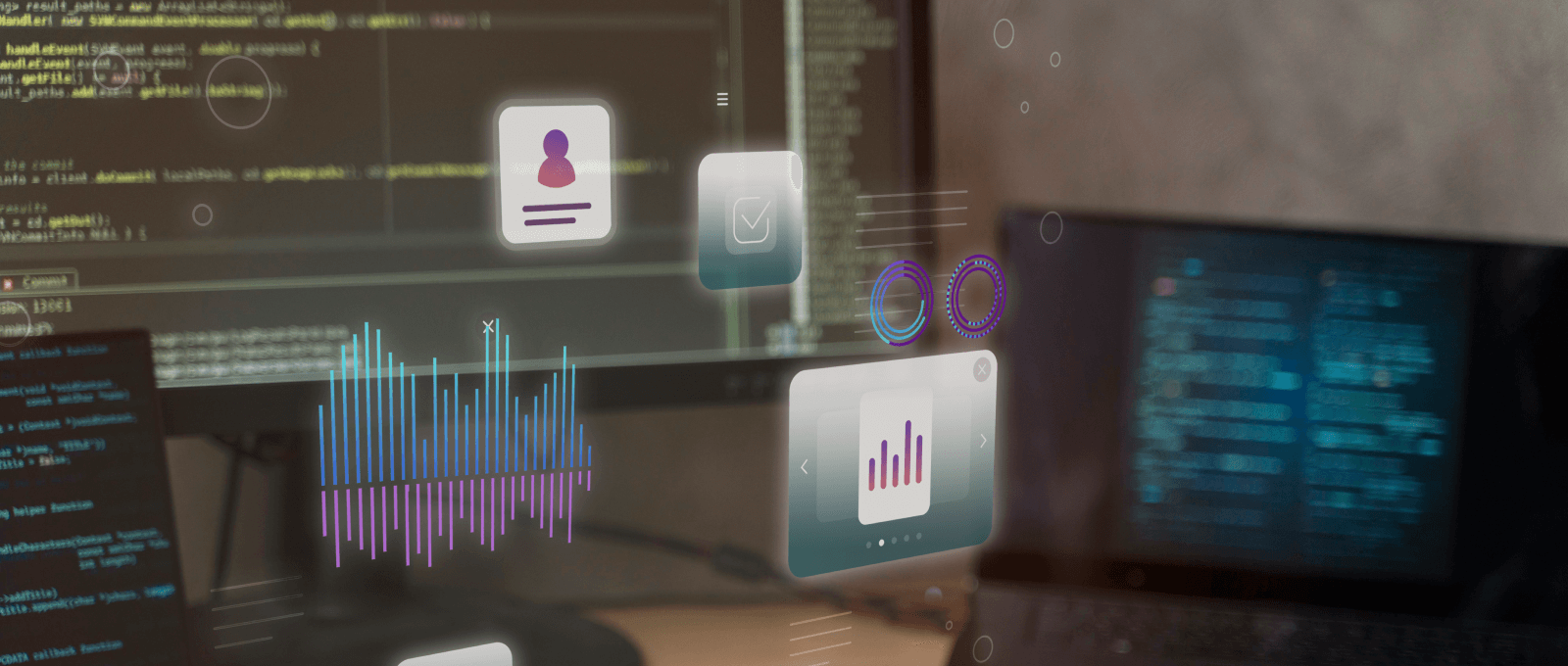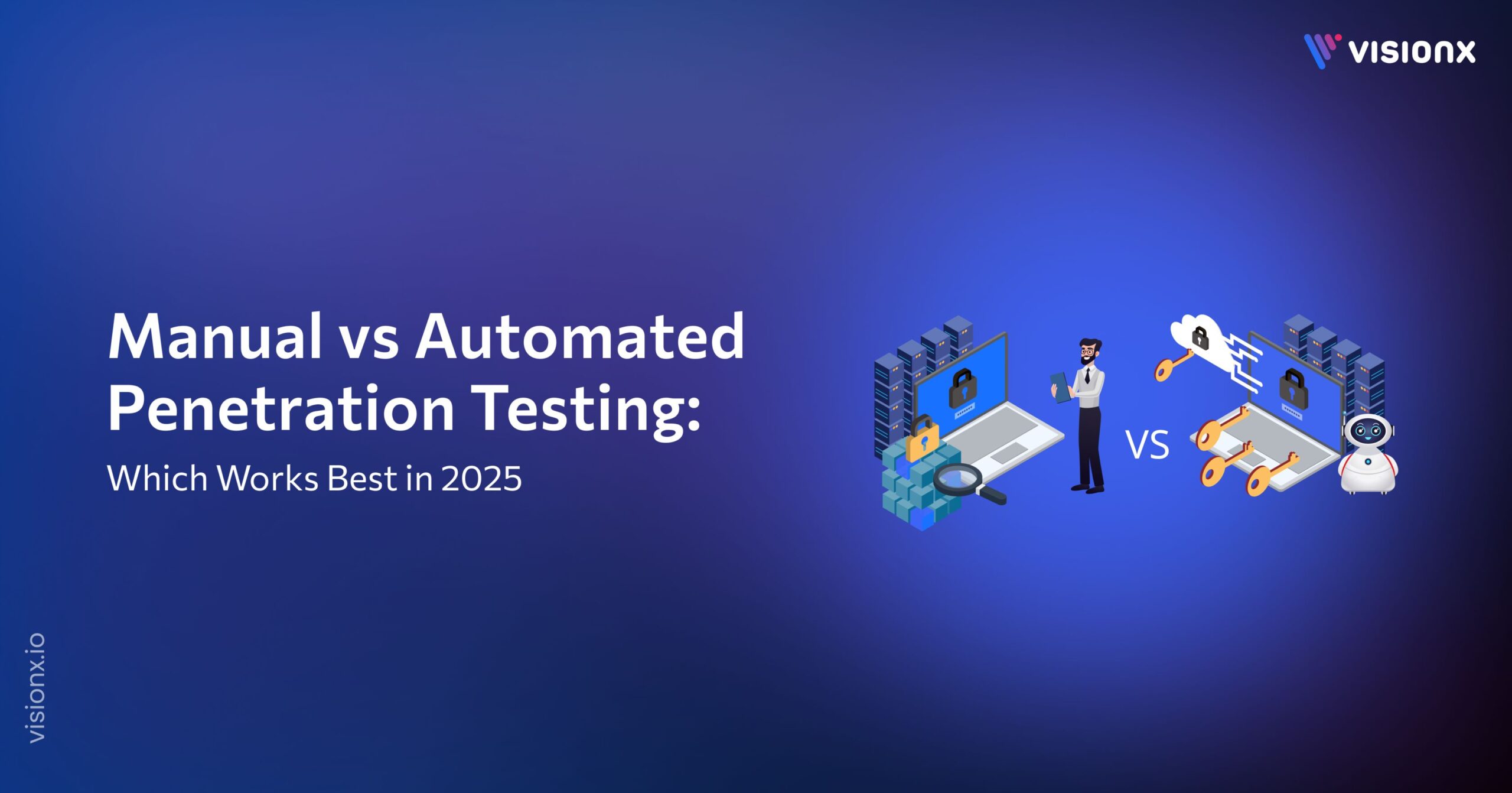Introduction
A software code audit is a careful review of the computer code used in software development. Think of it as going through a book line by line to find any spelling or grammatical errors.
Expert reviewers check the code in a software code audit to find any mistakes or problems. They look for security issues, where someone might be able to break into the system, or coding errors that might cause the software to crash.
Code auditing helps ensure the software is well-written, safe to use, and does what it is meant to do. It’s like getting your car checked by a mechanic to make sure everything’s working as it should. The goal is to find and fix any problems before they cause trouble.
Why Conduct a Software Code Audit?
Quality Assurance
A source code audit ensures that the software meets the highest quality standards. It helps identify and fix bugs, inconsistencies, and errors that affect the functionality and performance of the software. By adhering to industry standards and best practices, a code audit enhances the overall quality of the software.
Security Compliance
With the increasing number of cyber threats, security has become paramount. A code audit identifies potential security risks and vulnerabilities, ensuring the software complies with the latest security protocols. It helps in safeguarding sensitive data and protecting the integrity of the system.
Performance Optimization
Performance is a key factor in user satisfaction. A code audit identifies bottlenecks and inefficiencies in the code, leading to performance optimization. By fine-tuning the code, developers can enhance the speed and responsiveness of the software, providing a seamless user experience.
Legal Compliance
Software must comply with various legal and regulatory requirements. A code audit ensures the software adheres to all applicable laws and regulations, minimizing legal risks.
Maintainability
A well-structured code is easier to maintain and update. A code audit helps identify areas where the code can be refactored or improved, making future maintenance and enhancements more manageable.
Types of Software Code Audit
Static Code Analysis (SCA)
This type involves analyzing the source code without executing it. It’s like checking a recipe before cooking the dish. Static analysis tools look for coding standards violations, potential security vulnerabilities, and other issues. It’s handy for identifying problems early in the development process.
Dynamic Code Analysis (DCA)
Unlike static analysis, dynamic analysis involves running the code and observing its behavior during execution. It’s like tasting the dish as you cook it to ensure it’s turning out as expected. DCA tools can find runtime errors, memory leaks, and performance bottlenecks.
Manual Code Review
This involves human developers reviewing the code manually. It’s a thorough approach where developers thoroughly examine the code to catch both evident and subtle issues. Manual code review can be time-consuming but can detect problems that automated tools might miss.
Automated Code Review
Automated tools can streamline the code review process. They can check for coding standards, adherence to best practices, and detect common vulnerabilities. They are particularly useful for finding repetitive or efficiently identifiable issues.
Security Code Review
This type of code audit focuses explicitly on identifying security vulnerabilities in the code. It involves looking for potential weaknesses that attackers could exploit, such as SQL injection, cross-site scripting (XSS), and insecure authentication mechanisms.
Performance Code Audit
Performance audits focus on identifying parts of the code that might cause the software to slow down or use excessive system resources. These audits help optimize the code for better performance and efficiency.
Compliance Code Audit
This type of audit ensures that the code adheres to industry standards, legal regulations, and company policies. It’s imperative in industries with strict compliance requirements, such as healthcare or finance.
Architecture Code Audit
This audit evaluates the overall structure and design of the codebase. It ensures that the code is organized, maintainable, and scalable. This type of audit identifies issues like poor code modularization and violation of architectural principles.
Best Practices for Conducting a Software Code Audit
Define Clear Objectives
Understanding the goals and scope of the audit is essential. It helps focus efforts on the most critical areas, ensuring that the audit is aligned with the project’s specific needs.
Choose the Right Tools and Techniques
Selecting the appropriate tools and techniques is vital. Consider the nature of the project, the specific requirements, and the expertise of the team.
Collaborate with Experts
Engaging experts in the field ensures that the audit is conducted with the highest level of expertise. Collaboration with seasoned professionals brings valuable insights and experience to the process.
Document Findings
Proper documentation of the findings is crucial. It helps track progress, implement changes, and provide a clear record for future reference.
Implement Changes
The findings of the audit must be acted upon. Implementing the necessary changes ensures that the identified issues are addressed, leading to improved and robust software.
Software Code Audit Tools
Static Code Analysis Tools
These tools review code without executing it. Examples include:
- Checkmarx
- Fortify
- Veracode
Dynamic Analysis Tools
These tools review code as it runs. Examples include:
- IBM AppScan
- Burp Suite
Open Source Tools
There are also free tools available for code auditing, such as:
- SonarQube
- FindBugs for Java
Integrated Development Environment (IDE) Plugins
Many developers use plugins within their IDE to catch problems as they write the code. Examples include:
- ReSharper for .NET
- PyCharm for Python
Manual Code Review Tools
Some processes might include human review with the support of tools like:
- Crucible
- Gerrit
Conclusion
A software code audit is more than a mere process; it’s a strategic approach to building and maintaining high-quality, secure, and efficient software. It’s a collaborative effort that requires careful planning, execution, and follow-through. By adhering to this guide’s methodologies and best practices, developers and organizations can conduct an effective audit that enhances software quality, security, and performance.
In an ever-evolving technological landscape, understanding and implementing a software code audit is not just beneficial; it’s essential. It’s a proactive step that fortifies the software’s foundation, ensuring it stands robust, compliant, and aligned with the highest standards of excellence. Whether you are a seasoned developer, a project manager, or a stakeholder in the software development process, embracing the principles of a software code audit is a pathway to success, innovation, and growth.


